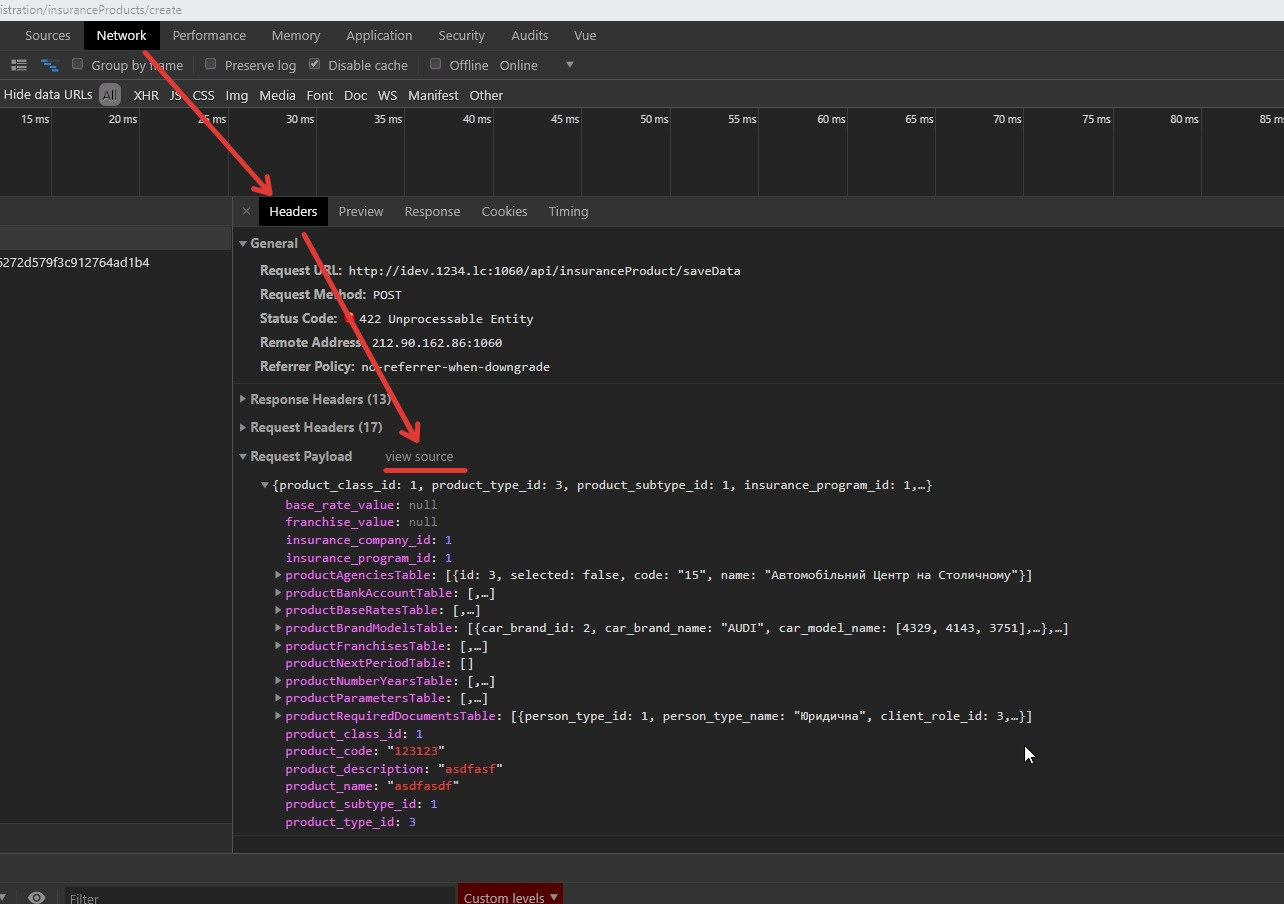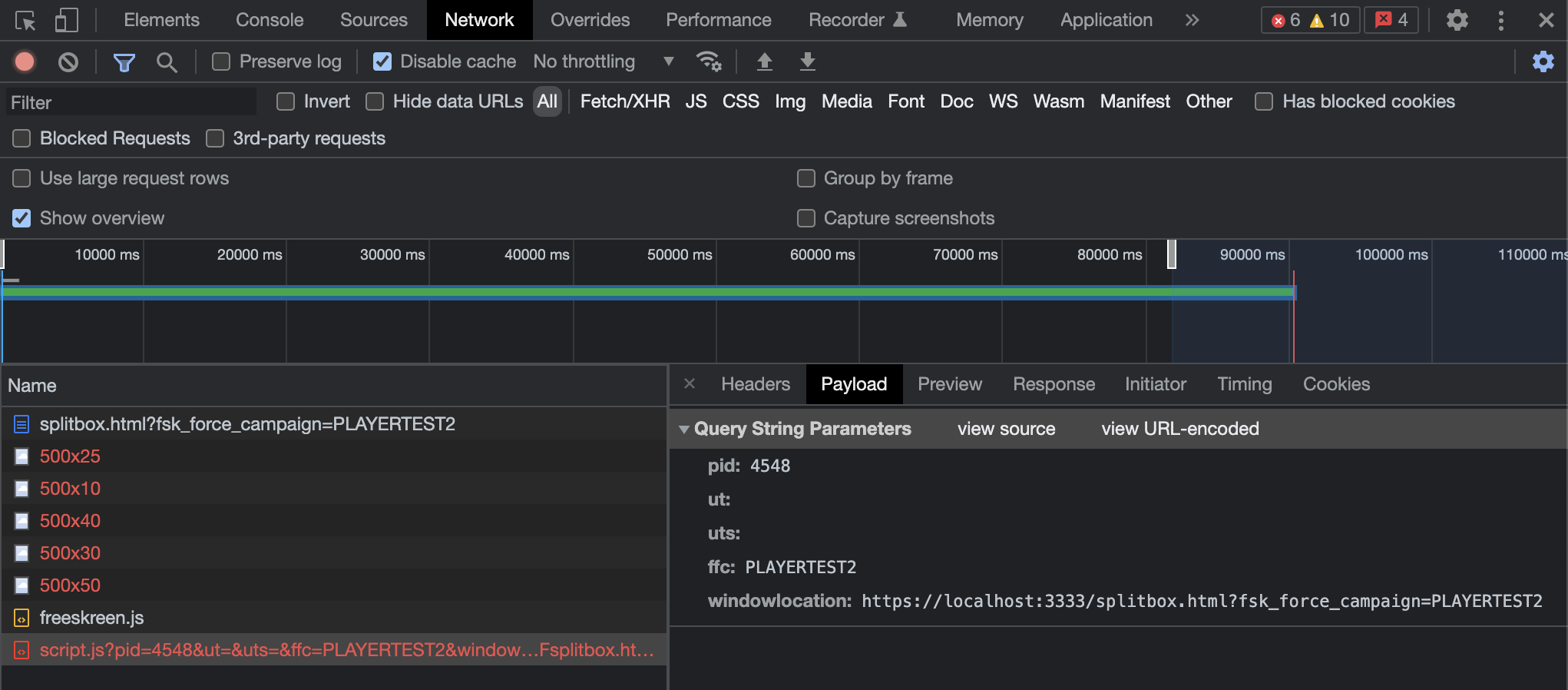What is the simplest way to extract the JSON from request body in Chrome dev tools with out installing any plugin. I can see the request & response in network tab but how can I extract the JSON from request body.
What I am expecting: In chrome, under dev toolbar when you inspect the request, you see form-data. Under this, there is a view source button. This has the url encoded form data. If we can decode it into JSON and print the stringified result on the console.



UI.panels.network._networkLogView._dataGrid._rootNode._flatNodes.map(n => newURLSearchParams(n._request._parsedURL.queryParams).get('_'))– Micrometer_to the correct one. – Micrometer